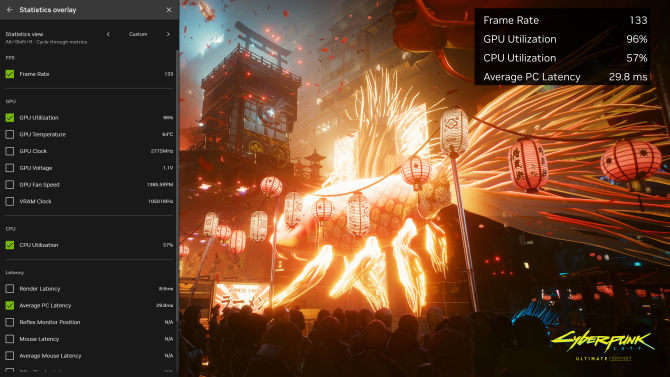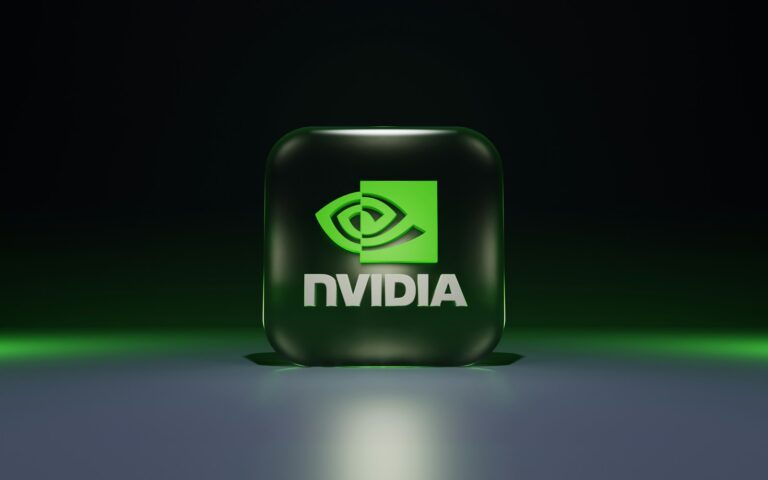The software shrinking event has not affected the Nvidia Control Panel.
With the launch of a new Nvidia app that serves as a software center, the company intends to bring together its somewhat fragmented product suite for artists and gamers. Because the new software provides the same functionality as GeForce Experience, but with a redesigned user interface, the firm has decided to discontinue GeForce Experience. It is now in beta, and if you are interested, you can download it and give it a try without cost. What is maybe the best news is that, in contrast to GeForce Experience, the new application does not require you to have an account in order to use it. This was a problem with the prior software.
The new application is hardly likely to blow anyone’s mind, but it does offer a convenient consolidation of the majority of the functions that Nvidia gamers rely on in a one area. As an illustration, it provides you with the option to select whether or not to use Nvidia’s suggested settings for games that you have loaded, exactly like GeForce Experience did. Additionally, it introduces two AI-driven capabilities that are brand new (at least to us): RTX Dynamic Vibrance and RTX HDR. Additionally, it gives a more thorough overlay that can be customized and displays information on the performance of your system when it is displayed on the screen. Because you have the ability to adjust the properties of the overlay as well as customize its location, it is possible that some individuals will switch from using MSI Afterburner to using this.

The “home” panel of the application is very easy, as it displays the games and applications that you have installed on your device, in addition to a “discover” area that displays further Nvidia products and services. The overall appearance and feel of it is comparable to that of GeForce Experience; however, it allows you to select a game on the left side of the window in a short amount of time and then change its settings in accordance with Nvidia’s specific recommendations. Additionally, you can update your drivers by clicking on the “drivers” page, or you can explore the settings for ShadowPlay and the on-screen overlay of your device. In addition, there is a link to the Nvidia Control Panel, which, despite the “all-in-one” design of the Nvidia app, is still in existence. However, considering that the new software allows you to fine-tune game and driver settings, its days are numbered.

Although the Nvidia app is quite nice, it is not something that you will be tinkering with on a regular basis, which is similar to GeForce Experience. You may rapidly edit the settings for ShadowPlay and the overlay to your liking, or you can tweak the settings of a game and leave it as it is until you change your mind or want something new. However, we are grateful that it does not need users to log in, as this is likely what prevented some people from even giving GeForce Experience a shot.
Although the new features that are powered by AI appear to be beneficial as well, we have not yet evaluated them. Out of the two, RTX HDR appears to be the more significant option because it allows you to play SDR games with HDR if you have a monitor that is compatible with HDR. It had been speculated that Nvidia was working on this technology in the past; however, it has now been confirmed, and it appears to be one of the most significant upgrades in the new app.

